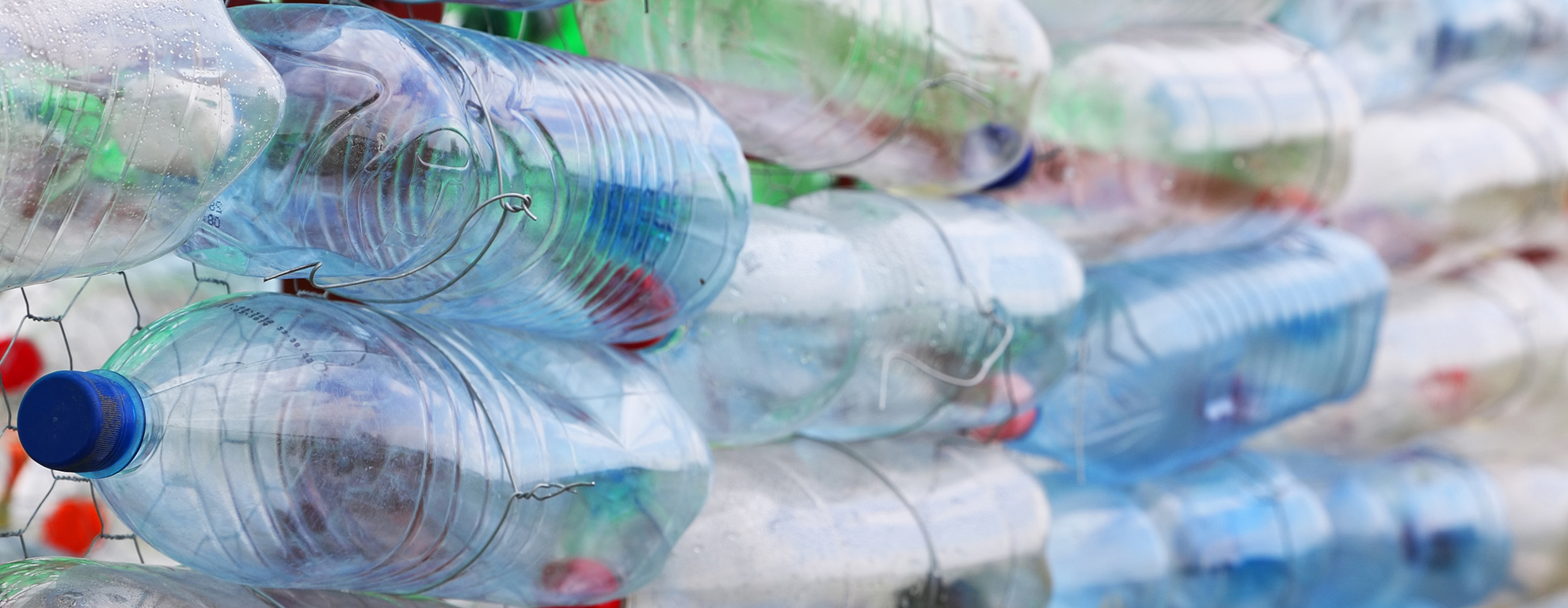A 'Rubbish' Blog

We all create rubbish. Think of everything you do during the day that generates empty boxes, bottles, plastic wrap and other things you throw away. It seems that although we are supposed to dislike packaging that every time we shop online, the boxes get bigger. The average household in the UK produces more than a tonne of waste every year. Worldwide, according to the World Counts website, the figure rises to 2.12 billion tons every year. We are even trashing space with NASA estimating that more than 500,000 pieces of debris, or “space junk “are orbiting the planet.
It is generally accepted that this is a bad thing but whilst the experts are baffled and struggling to find a solution, art is already on the case.
Recycled Art
Recycled art is creative work that is made from discarded materials that once had another purpose. This includes anything from old plastic toys and vehicle tyres to scraps of cloth and building supplies. Artists who make recycled art take those materials and make them into something new.
At its heart, recycled art is about reusing materials. There's no limit to what kinds of materials can be used. Recycled art can be large or small. It can be two dimensional or three dimensional.
Origins of Recycled Art
The idea of reusing old materials to make art isn't new. Early American settlers used bits of fabric from flour sacks and old clothing to make patchwork quilts. During World War I, soldiers in the trenches sometimes took spent artillery shells and carved images on them to make artwork. In both cases, people used available scraps from objects that had served another purpose to create new, original works of art.
Here at I Love meet and greet we take our environmental responsibilities seriously and we were interested to see how artists are working to create pieces from waste which would normally end up in landfill. We found some amazing examples:
Guns
One of the most unusual items to be recycled into art we found was guns. Lin Evola-Smidt was inspired to create her statues by the prevalence of gun violence in 1990s Los Angeles. She decided that she would use guns as her medium; melting them down to their raw metals, she could transform a symbol of violence into a statue of peace. She crafted these melted down guns into metal angels that stood at 3 feet tall and has even used decommissioned nuclear warheads in her work.
Hubcaps
A rather more mundane object, the humble hubcap has been transformed in a range of weird and wonderful creatures by Brighton based artist, Ptolemy Elrington. The artist explains, “Hubcap creatures are made entirely from recycled and upcycled materials. All the hubcaps are found, usually on the side of the road, and therefore bear the scars of their previous lives in the form of scratches and abrasions. I believe these marks add texture and history to the creatures they decorate.”
Tyres
Staying with the car theme, Wim Delvoye, carved tyres to create beautifully intricate shapes which sit incongruously with the shape of a normal rubber tyre. This Belgium born artist has exhibited all over the world from Brussels to Tokyo and from Dublin to Shanghai.
Toilet Rolls
Although every household will have the material which Japanese artist Youken Teruya used to make her delicate ‘Corner Forest’ series, not many people will have given much thought to how the toilet roll was made. This artist made that journey from tree to toilet roll her central message, as she says here: “Toilet rolls sprouting and spreading branches are installed to a wall to create a forest. There is a moment when the cut-out branches and leaves start holding themselves up with their own strength. It is as if I am helping the paper awaken its ability to come to life.”
Flip Flops
One of our favourites is Ocean Sole, a social enterprise based in Kenya, that uses flip flops found washed up on beaches. Employing 50 artists, this organisation is using recycled art to educate the world about the problem of flip flop pollution. We were inspired to create our own #parktheflipflops campaign and are running a series of promotions and activities to raise awareness of this marine issue.
By Sarah Anglim at 6 Aug 2018